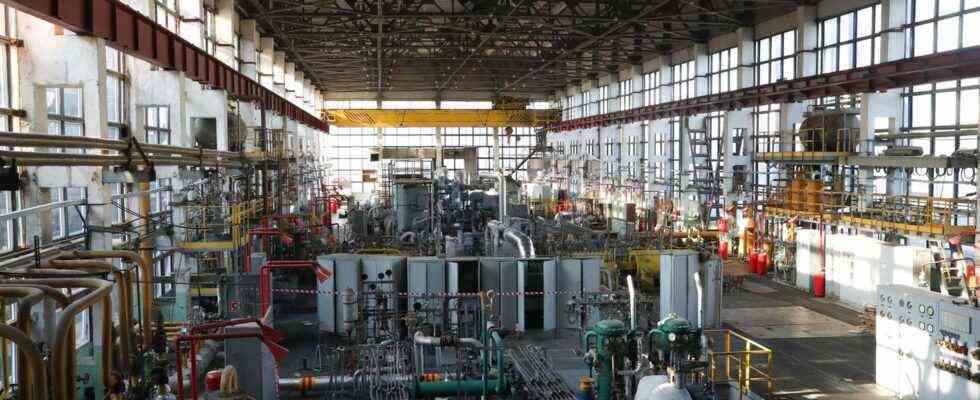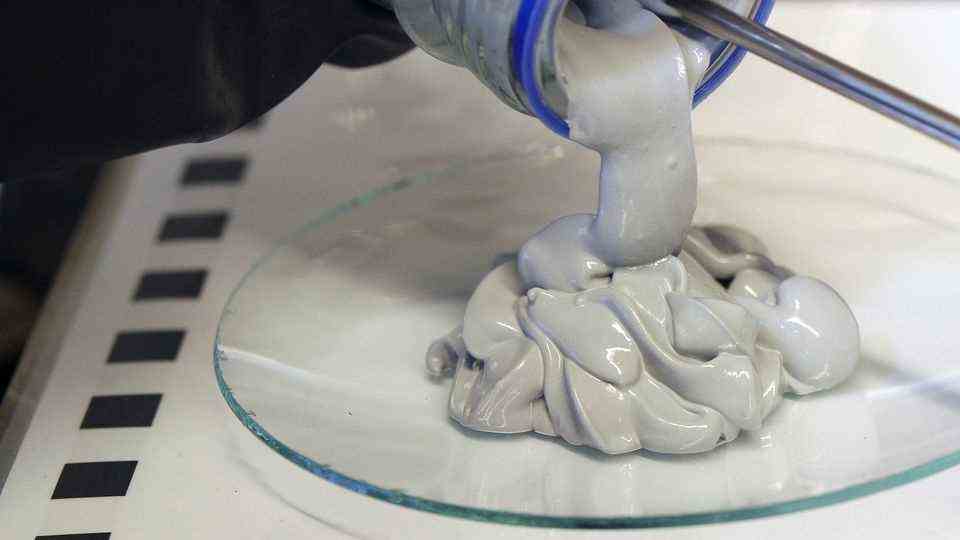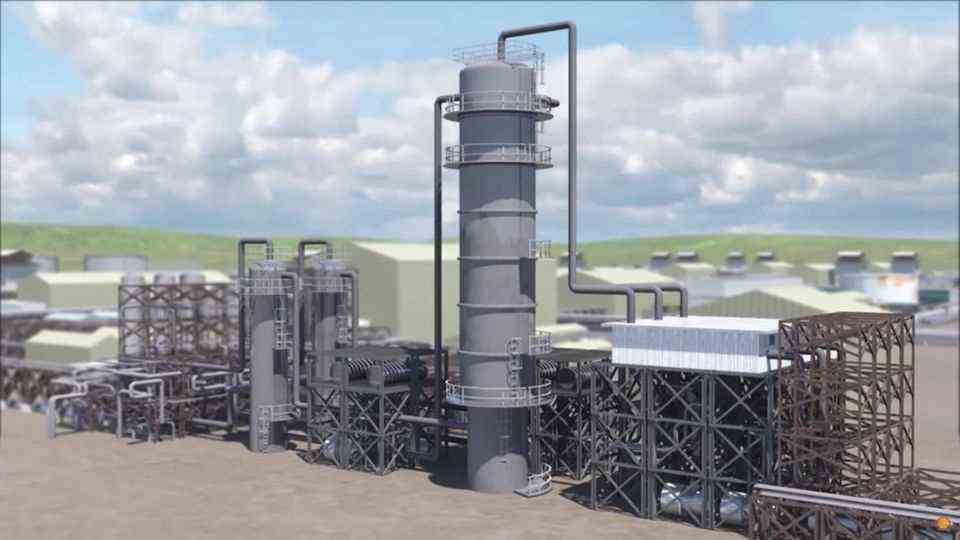Climate protection
Green ammonia – a new process can eliminate two percent of the world’s greenhouse gases
Conventional ammonia production facility in Russia.
© Alexander Ryumin / Picture Alliance
Ammonia is used, among other things, for the production of fertilizers. Its production has a massive impact on the climate. Almost by chance, Australian researchers have now discovered an environmentally friendly method.
Ammonia is one of the most widely used chemicals in the world. It is used for fertilizers, but also for the production of plastics and pharmaceuticals. But a lot of CO2 is released during production. Ammonia is believed to be responsible for around two percent of global greenhouse gas emissions.
Ammonia without greenhouse gases
In a study, scientists from Monash University in Australia describe a way of producing green hydrogen and replacing the previous Haber-Bosch process. Today methane gas is used to produce ammonia. Hydrogen is first extracted from the methane gas, which in turn is used to produce ammonia. In addition to the CO2 emissions from the process, large amounts of nitrous oxide are released into the atmosphere. Currently, the production of every ton of ammonia results in the emission of around 1.9 tons of carbon dioxide.
Monash University researchers have found a way to produce ammonia without natural gas “at room temperature, with a high, practical rate and efficiency”. They were actually working on a different project, but on the side they checked whether ammonia can be produced using ionic liquids in an electrolytic process. You were surprised yourself that the procedure worked.
“It was more like, ‘Are you sure? I think you’ll have to do this all over again,” says Professor Doug MacFarlane. “It took a long time to really believe it. I don’t know if we’ve had a real party yet.”
Production also possible in small cells
The process is similar to that with which hydrogen is obtained by electrolysis, only electrolytes are used, which are known from lithium batteries. “In our study we found that a phosphonium salt can be used as a proton shuttle,” said Dr. Suryanto from the team. “The phosphonium circulates,” adds Dr. Alexandr Simonov. “It releases its protons at the cathode and is replenished with fresh protons at the anode, creating a continuous process that we can run for up to four days.” The ammonia is released on the cathode surface and then collected.
The process itself is absolutely clean, but it requires electricity. If it is operated with regenerative energy, you get climate-neutral green ammonia. The system should be scalable from small systems to factories. A cell can only be the size of a “fat iPad,” according to MacFarlane. Combined with a solar panel, one could continuously produce a small amount of ammonia to run a commercial greenhouse or hydroponic plant. Because of its high energy density, ammonia could also be used to drive engines in vehicles, ships and aircraft. Then it would be conceivable that farms could produce their own fuel with the cells and correspondingly large solar cells.
However, the process still has to prove that it can work over the long term and that it can be used commercially. Due to the lean nature of the process, which does not require hydrogen electrolysis, it will likely be more energy efficient than other methods.
Source: Science




